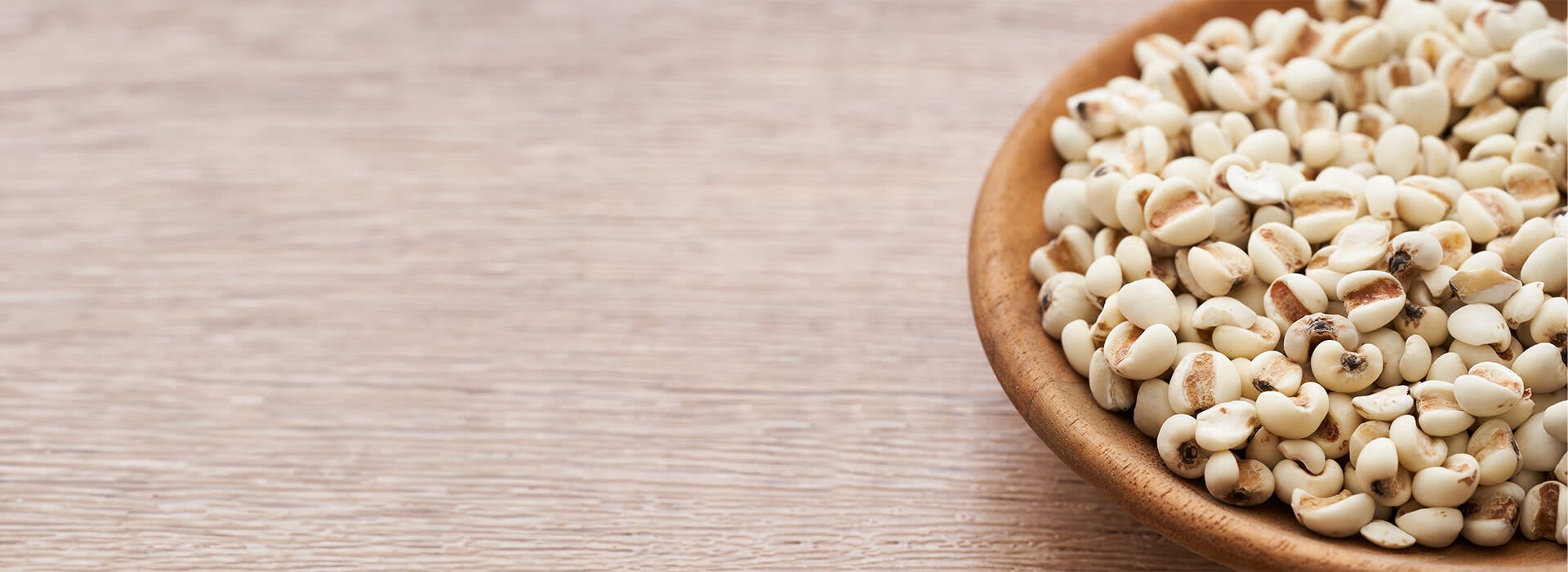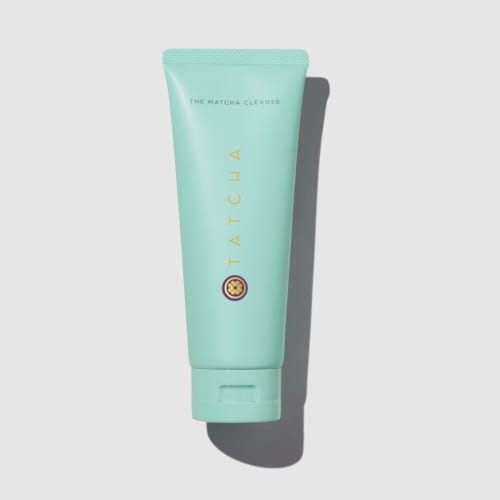Coix Seed Extract
How does coix seed extract benefit your skin?

Benefits
Calming, Clarifying
About
For centuries, women in Japan would care for active complexions with kind-to-skin home remedies from kitchen staples. Their hope with these practices was to achieve balance in their skin, described as totonoeru in Japanese. They found that the same superfoods used to balance the body were extraordinary at balancing the skin. One such food was hatomugi, or Japanese coix seed. When dried, this humble grain was used as a holistic remedy to cleanse and soften skin, but has also been shown to increase skin’s surface turnover, helping to even out skin tone. The DIY method is no longer needed to harness the powers of coix seed extract though, thanks to Tatcha’s Matcha Cleanse. This water-based gel lathers into a sensorial foam to wash away dirt, oil, and makeup while lightly hydrating, so skin feels clean and refreshed, not dry or stripped. The coix seed extract-boosted cleanser helps to decongest pores and support skin surface turnover, so you're left with only soft, pure skin.
“ When dried, this humble grain was used as a holistic remedy to cleanse and soften skin, but has also been shown to increase skin’s surface turnover, helping to even out skin tone.
Science
In Japan, the highly concentrated extract of coix seeds is promoted as a remedy for beautiful skin, as well as hair and nails, too. This is because coix seed extract has potent anti-inflammatory properties, which are scientifically linked to reducing redness, swelling, and irritation. In addition, coix seed extract has double the protein of rice, is rich in Vitamins B1 and B2, and is high in iron, calcium, fiber, and amino acids—making it a highly beneficial ingredient within your diet and skincare.
History
Also known as Job’s tears, adlay, or Chinese pearl barley, coix seeds are commonly used all over the world as herbal remedies. The grain has been seen in Traditional Chinese Medicine and Ayurvedic medicine for centuries. In TCM, coix seeds are utilized to improve circulation, swelling, and naturally help control skin’s sebum production and reduce the appearance of hyperpigmentation. The beautiful extract is still seen as a widely trusted superfood in Japan today.
Provenance
Native to Southeast Asia, coix seeds were first introduced to Japan in the early Jomon Period. The highly nutritious grain is prized for growing at higher elevation areas where rice and corn cannot thrive, plus the plant requires little water to thrive. The unique coix seed can also be processed like rice, but the advantage of this extract is that it does not need to be polished, as is the case with rice, so it’s more nutrient-dense.
Did You Know?
The coix seed extract is a deeply beneficial ingredient, for both the health of the skin and the body. While more studies are needed, initial studies have linked the humble ingredient with an improvement in gut health (specifically the Faecalibacterium bacteria, which is associated with a “spontaneous regression of viral skin infections”), antimicrobial activities, wound-healing, anti-inflammatory properties, and potentially managing skin issues (including dryness, acne, eczema, rosacea, sebum production, and skin sensitivity).

